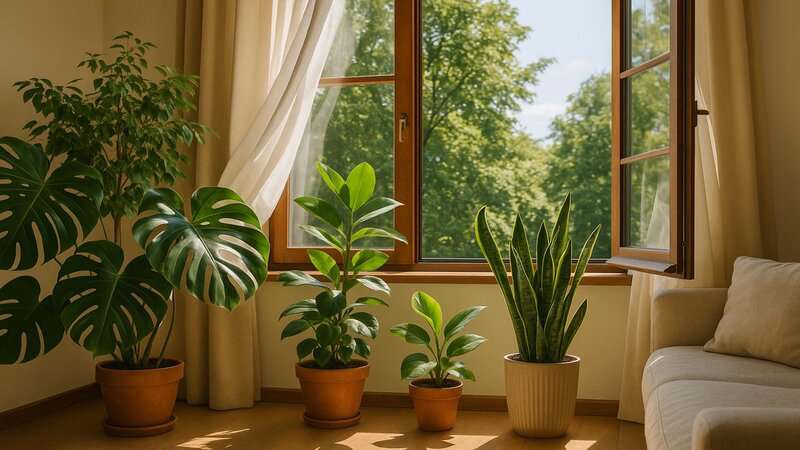When we think about creating a comfortable home, we often focus on furniture, decor, or color schemes. Yet, indoor plants, natural light, and airflow are essential elements that quietly shape our daily lives. Scientific research shows that these factors can boost mood, support respiratory health, and even improve cognitive function. Many households underestimate their impact, but integrating these natural elements can transform any space into a healthier, more vibrant environment. Studies confirm that a well-balanced indoor ecosystem nurtures both body and mind.

















